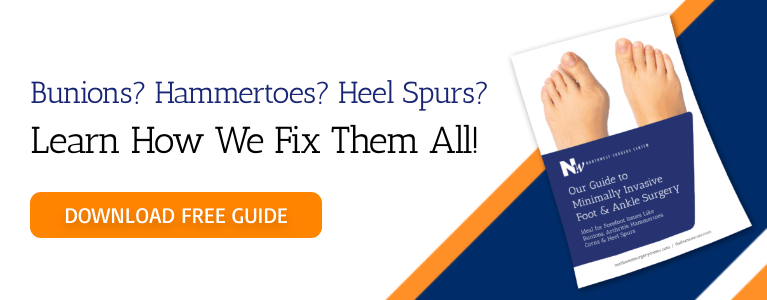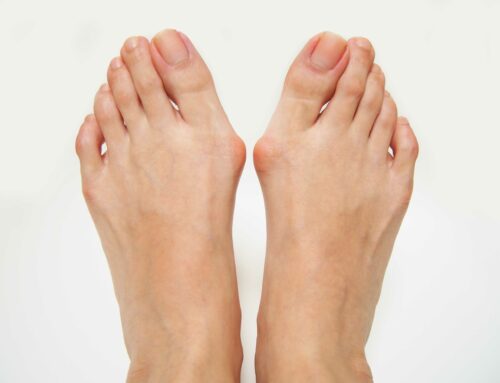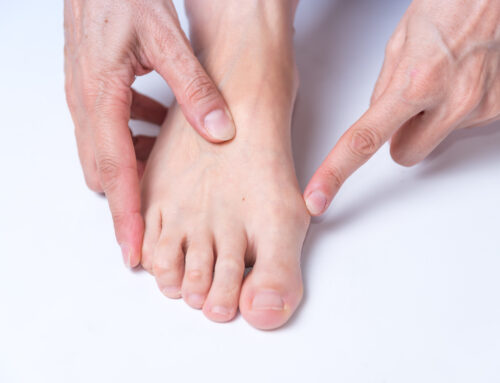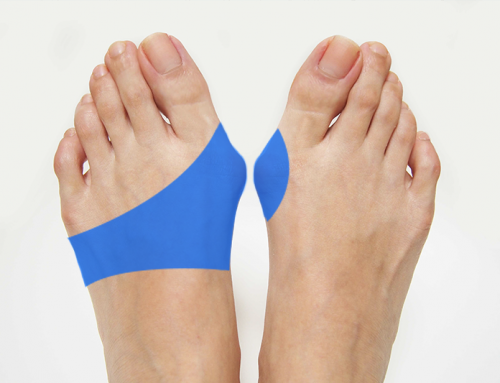Surgery is not something that many people take lightly. And that’s completely understandable! After all, choosing to undergo surgery can be a big decision. Yet, when it comes to removing bunions and alleviating bunion pain for good, surgery really is the only way to ensure long-term relief. So, if you’re tired of dealing with bunion pain –– but aren’t sure about going “under the knife” –– then this blog is for you. Here’s what to expect with bunion surgery:
Bunion Surgery Alternatives
It’s important to note here that once a bunion forms, the only way to get rid of it is through surgery. Pads, splints, cushions, and other devices may provide short-term relief. However, they will not act to reduce or remove the bunion. If you notice a bunion or notice bunion pain, it’s key to speak to a doctor about it ASAP. Because bunions tend to only get worse over time, the sooner you seek treatment for one, the better off you’ll be in the long run. Left untreated, bunions can even contribute to conditions like arthritis and significantly hamper your mobility.
Traditional Bunion Surgery
Unfortunately, bunion surgery has a bad reputation in many circles. That’s because traditional, or “open-foot,” bunion surgery is not a patient-friendly procedure. Here’s a step-by-step breakdown of what to expect during a traditional bunionectomy:
- The use of general anaesthesia during the procedure, which often delays your release from the hospital.
- During the surgery, the surgeon will make a large incision along the side of the foot, remove the bunion, and place metal screws, metal plates, or other devices to hold the foot’s new alignment in place.
- Pain, soreness, and significant scarring of the foot after the surgery.
- Lingering pain and discomfort. Most patients who undergo traditional bunion surgery will have to take at least some time off work as a result.
- Extended recovery time. It may be months before patients who undergo traditional bunion surgery are able to walk freely without crutches or rigid footwear.
In short, traditional bunion surgery is far from an ideal solution to bunion pain. Thankfully, there is a viable alternative!
Minimally Invasive Bunion Surgery
Minimally invasive bunion surgery is –– as its name suggests –– much less taxing on patients. For one, minimally invasive bunion surgery is an outpatient procedure. The entire process (prep and all) lasts around 2 hours, and only local anesthesia is used. (This means you won’t have to “go under,” during the surgery.)
In terms of the actual procedure, minimally invasive surgery involves much smaller incisions than traditional open-foot surgery. By making several small incisions, surgeons who utilize minimally invasive techniques can remove a bunion and realign the foot without causing collateral damage. As such, minimally invasive procedures are significantly less painful and produce less scarring as well. Best of all, most of our patients are able to walk out of the operating room and drive themselves home after the surgery. All told, recovery time is significantly reduced with minimally invasive bunion surgery.
Contact Us
Northwest Surgery Center is a leading organization in the field of minimally invasive foot surgery. Our highly-skilled and experienced team can help individuals deal with common issues like bunions, bone spurs, hammertoes, and more. You can contact us here to learn more about minimally invasive surgery or to schedule a consultation today.
To learn more about minimally invasive surgery for bunions, contact the experts at The Bunion Cure! or download our free “Guide to Minimally Invasive Foot & Ankle Surgery“!


Reviewed By Dr. Sullivan
Dr. Jordan Sullivan, DPM, is a board-certified podiatrist at Northwest Surgery Center specializing in minimally invasive foot and ankle procedures. He’s passionate about helping patients get back on their feet faster with less downtime.
Learn more about Dr. Sullivan here.





